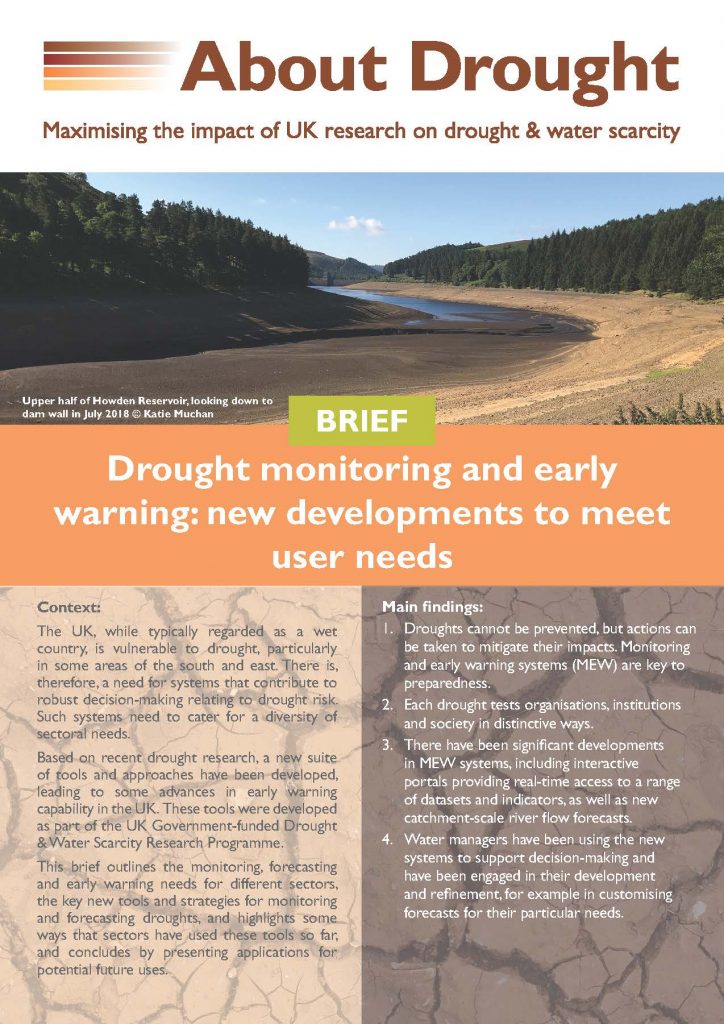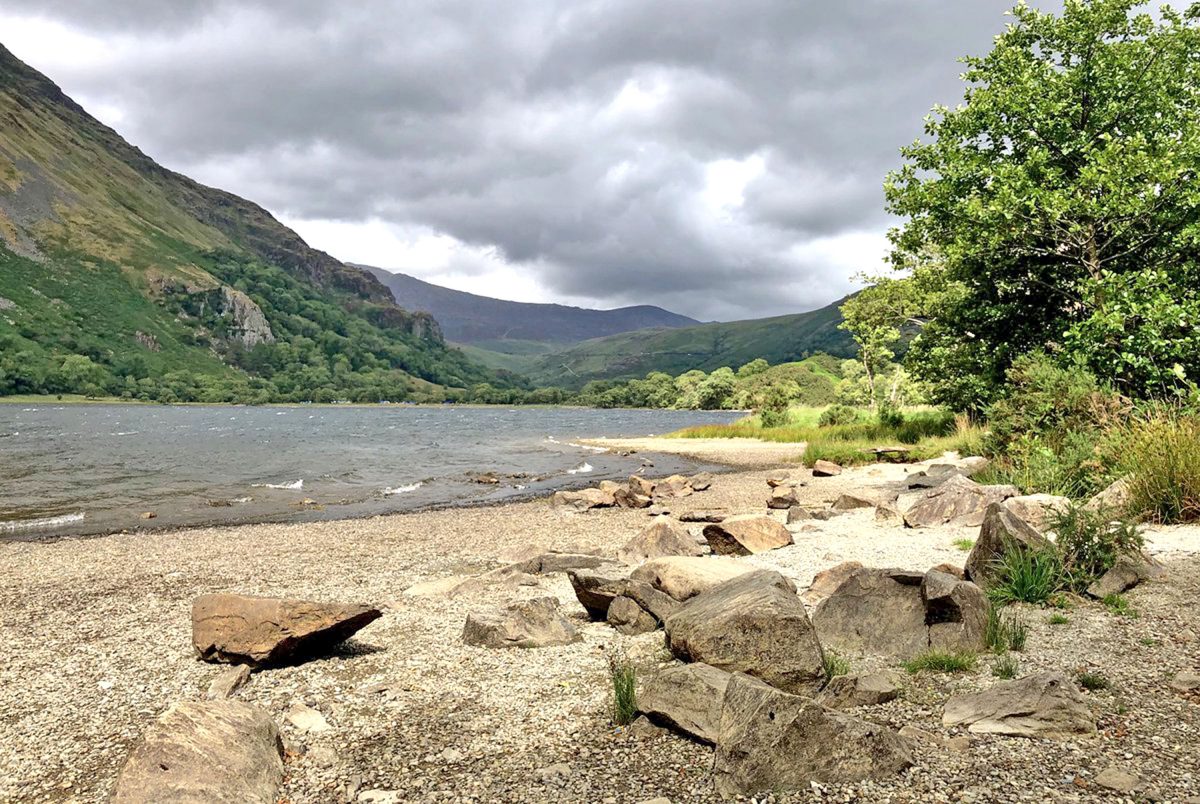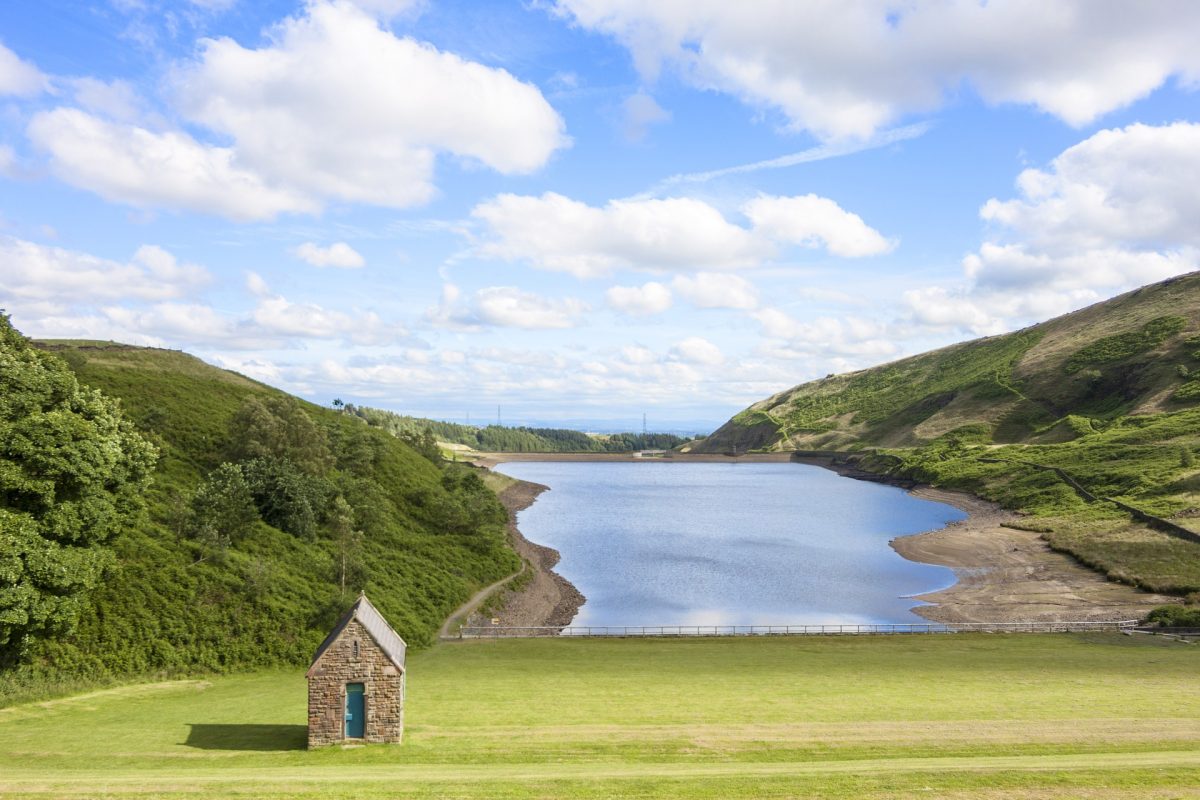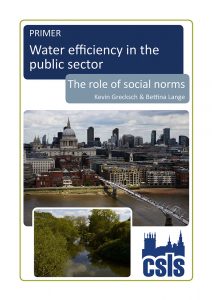A new About Drought briefing note: Drought monitoring and early warning: new developments to meet user needs has been released. The note looks at the monitoring, forecasting and early warning needs for different sectors, the key new tools and strategies for monitoring and forecasting droughts, and highlights the ways that sectors such as water companies, regulatory bodies and the agricultural sector have used these tools so far. The note concludes by presenting applications for potential future uses.
The UK, while typically regarded as a wet country, is vulnerable to drought, particularly in some areas of the south and east. There is, therefore, a need for systems that contribute to robust decision-making relating to drought risk. Such systems need to cater for a diversity of sectoral needs. Based on recent drought research, a new suite of tools and approaches have been developed, leading to some advances in early warning capability in the UK of which the briefing note seeks to highlight.
This is the third of a series of briefs to support improved decision making concerning droughts and water scarcity. Click below to read the briefing note.






